Content
1. Daily Immediate Maintenance (After Each Use)
This is the most critical maintenance step, preventing dirt accumulation and component damage.
Cleaning the Mop Plate and Clamp
How to: After removing the dirty mop cloth, hold the mop under the tap and rinse the clamping area with a small amount of running water. Scrub the crevices with a soft brush or an old toothbrush to ensure there are no hair or dirt residue.
Dry Thoroughly
How to: Place the mop upright or hang it with the mop plate facing upward in a well-ventilated area.
Key: Ensure the inside of the clamping plate is completely dry; this is crucial to preventing odor and bacterial growth.
2. Deep Cleaning and Maintenance (Weekly or Bi-weekly)
Inspect the Clamp Plate and Velcro
How to: Check the clamping plate for proper tightness and the Velcro for adhesion. If the Velcro is defective, cleaning results will be severely affected and should be replaced promptly.
Inspect the Shaft and Swivel
How to: Check the mop shaft for cracks and ensure the swivel joint is smooth.
Treatment: If the joints are stuck, you can spray a small amount of lubricant (such as WD-40), but let it stand for a while to evaporate to avoid contaminating the floor.
3. How to deal with the odor of wet and dry mops
(1). Baking soda + white vinegar deep cleaning method
Steps: Pour enough warm water into a basin to cover the mop head. Add about half a cup of baking soda and half a cup of white vinegar. A foaming reaction will occur, which is normal. Immerse the mop head (make sure the splint mechanism is also open or clean) completely in the solution and soak for at least 30 minutes. If the odor is severe, soak for several hours.
Citric acid or fresh lemon deodorizing method (especially suitable for odors caused by scale and water stains)
Steps: Add two tablespoons of citric acid or squeeze in fresh lemon juice to warm water. Soak the mop in it and rub it to remove odor molecules that have penetrated the fiber.
(2). After deep cleaning, disinfection is required to kill residual bacteria
Steps: Add a small amount of oxygen bleach (color bleach) to a basin of clean water according to the instructions. For detachable mop heads, you can put them in a pot and boil them for 10-15 minutes. This can effectively sterilize and remove organic residues.
(3). Cure and prevent odors from returning
This is the most critical step and requires changing your usage habits.
Dry thoroughly: This is the most effective and fundamental way to prevent odors! Bacteria and mold cannot reproduce in a dry environment.
Operation: Hang the cleaned mop with the blade facing up or upright in a ventilated and dry place.
Golden rule: Never store a mop wet!
Recommendation: Dry the mop and blade in the sun for 1-2 hours.
Operation: After each use, be sure to clean the mop and blade according to the above method and then dry them thoroughly.


 中文简体
中文简体 English
English Español
Español Français
Français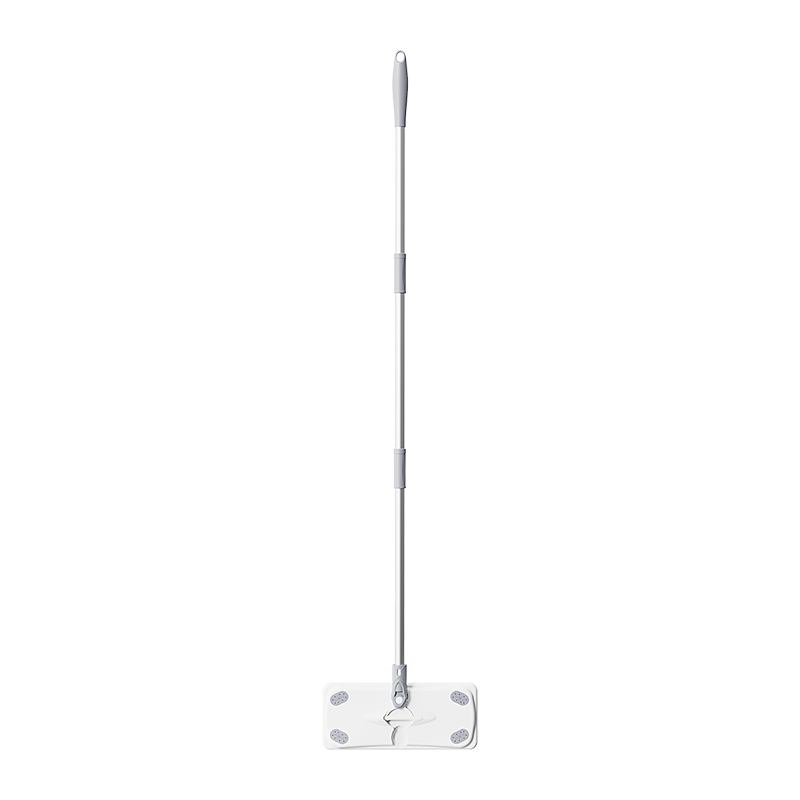
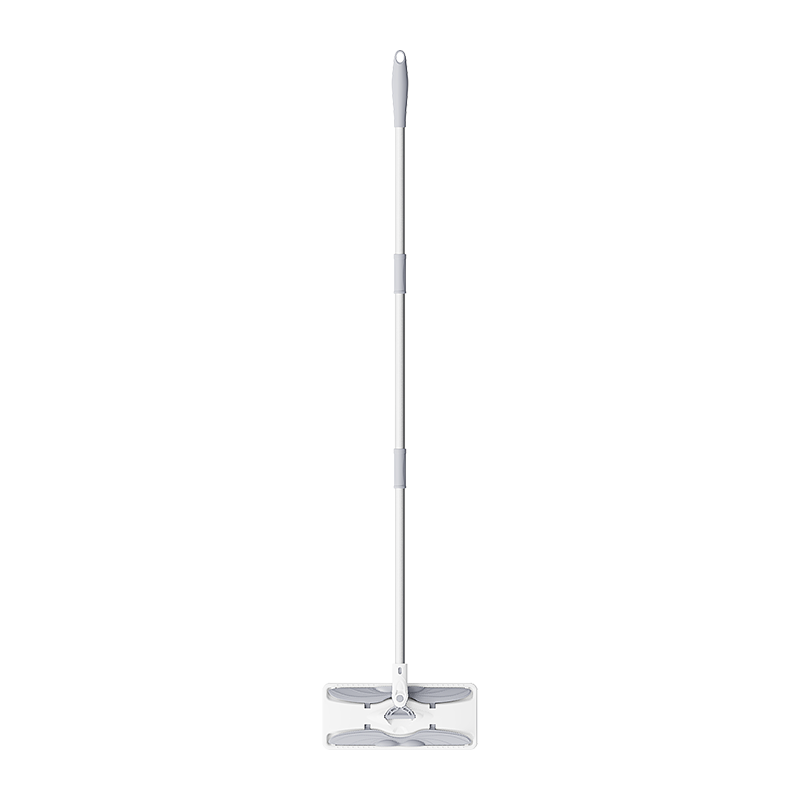
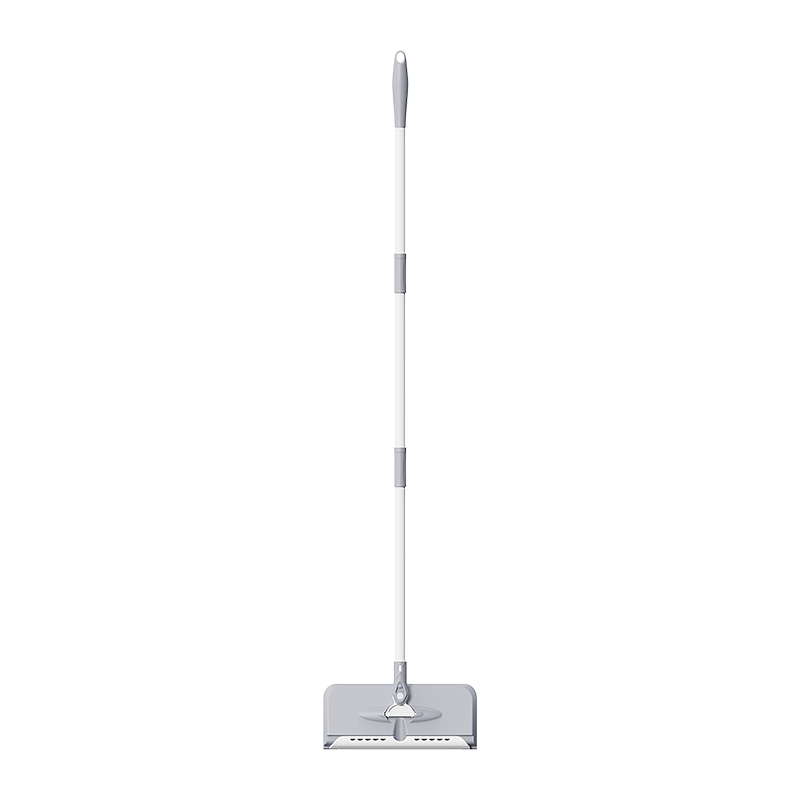
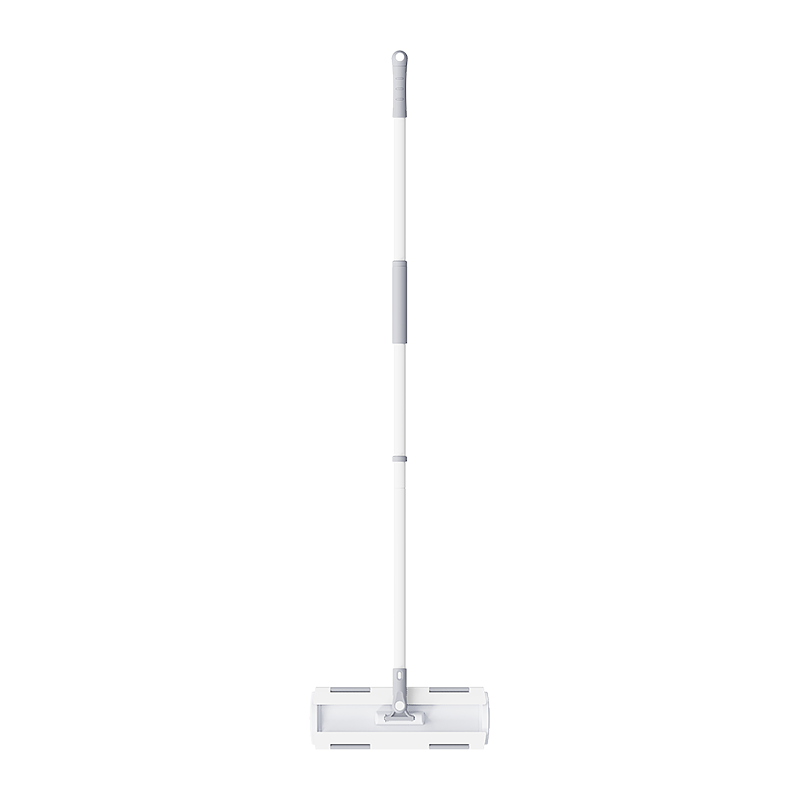
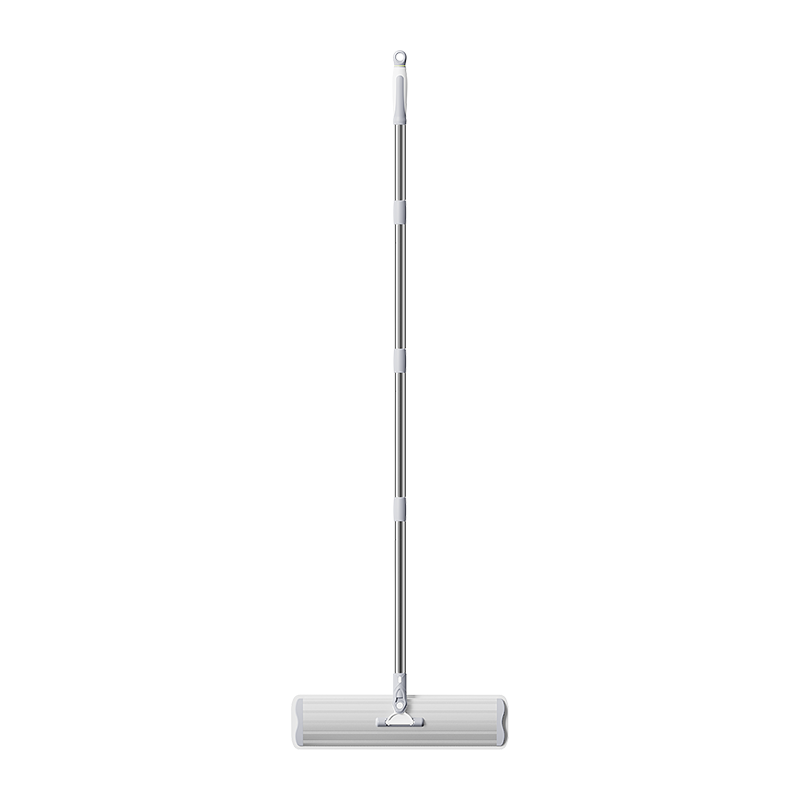
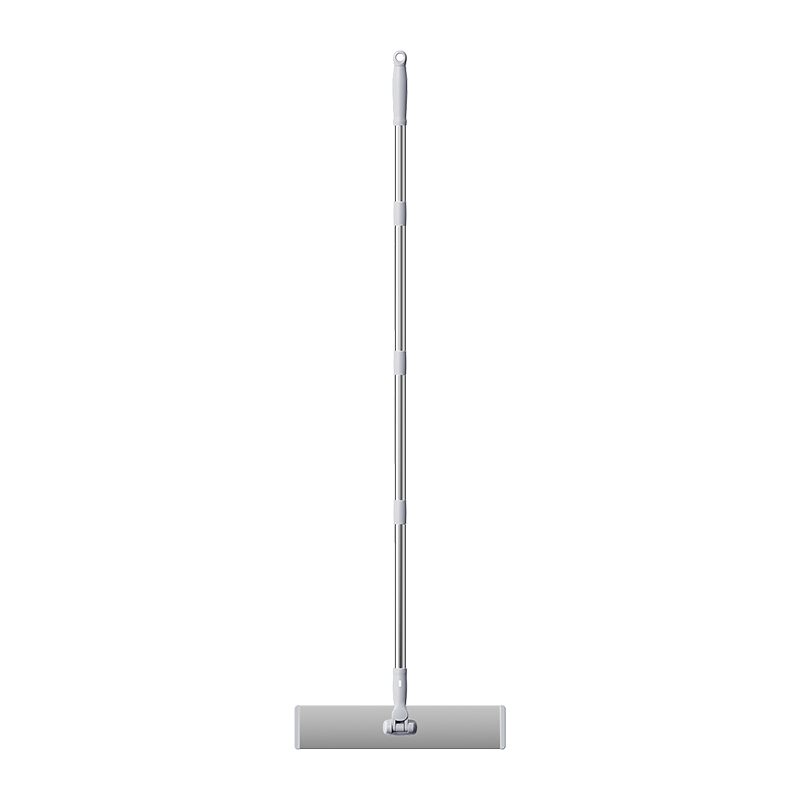
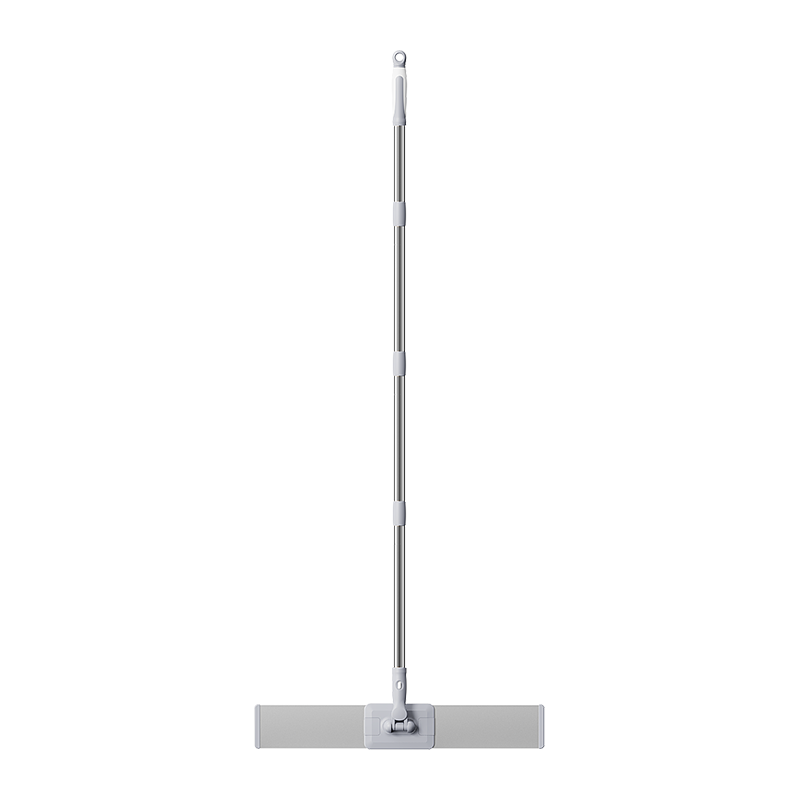
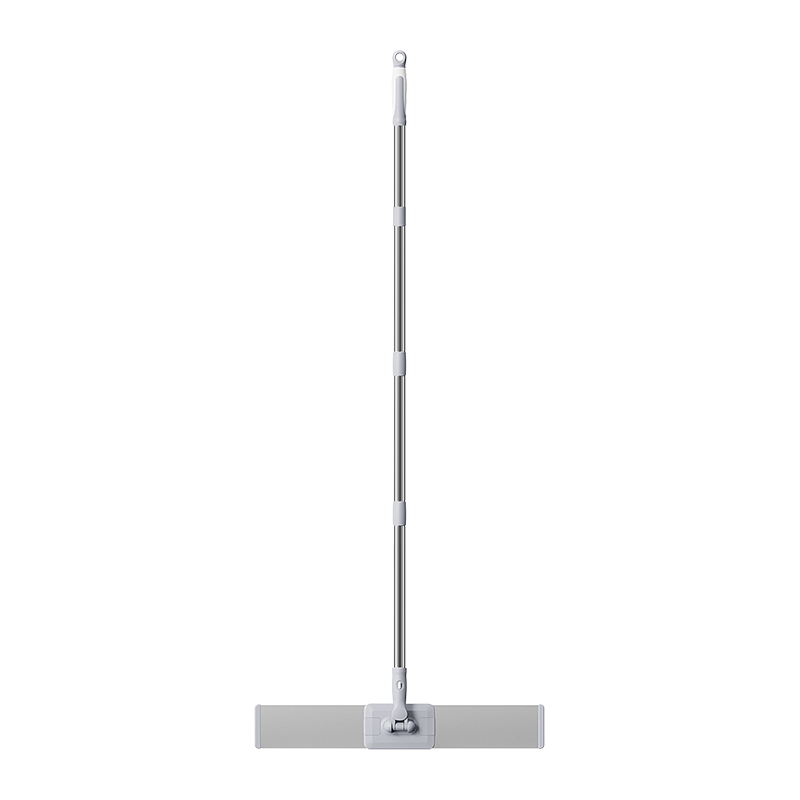
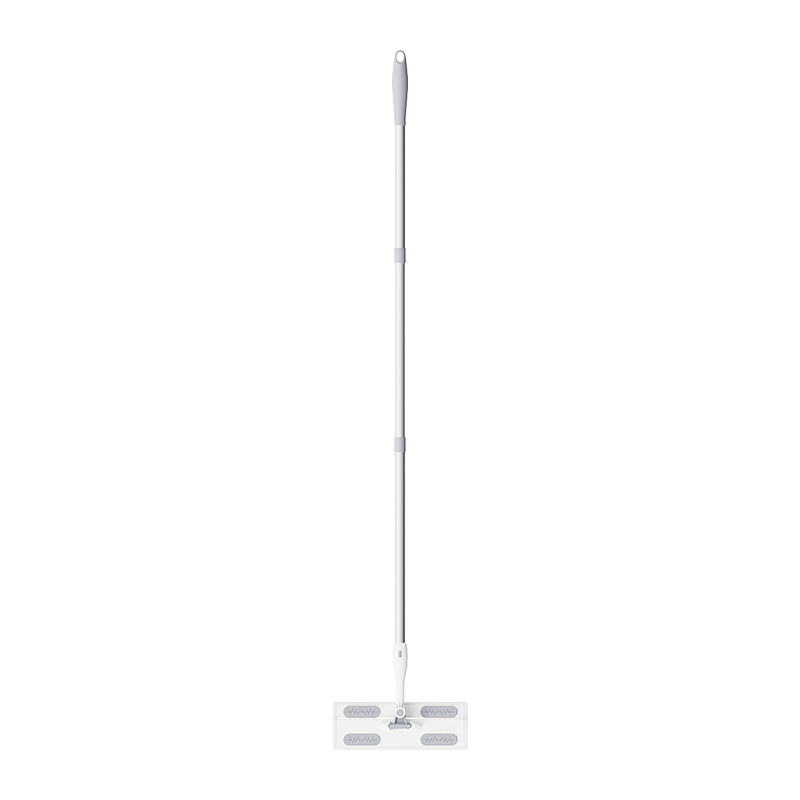
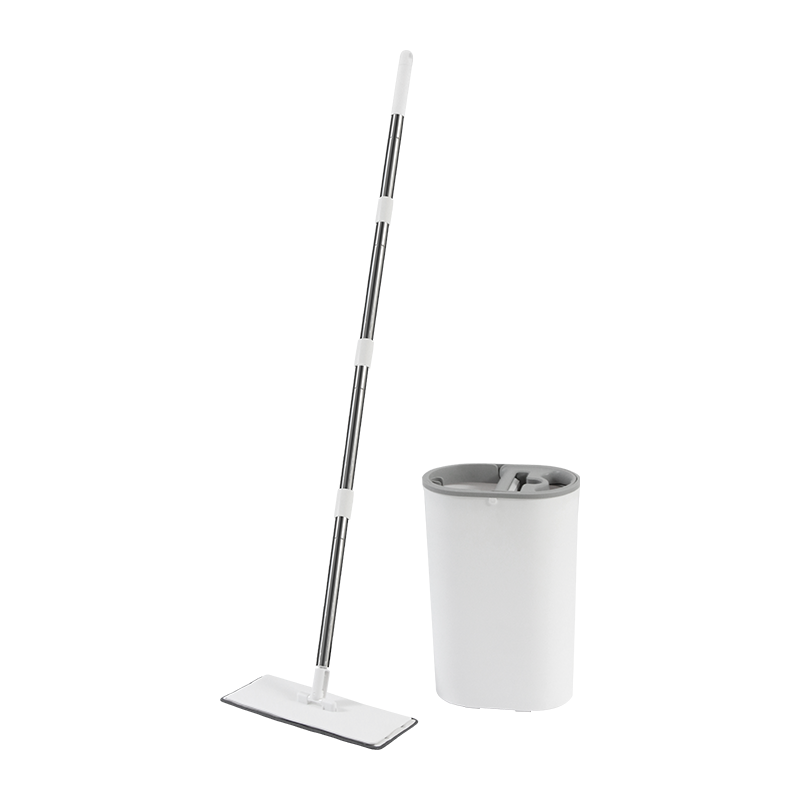
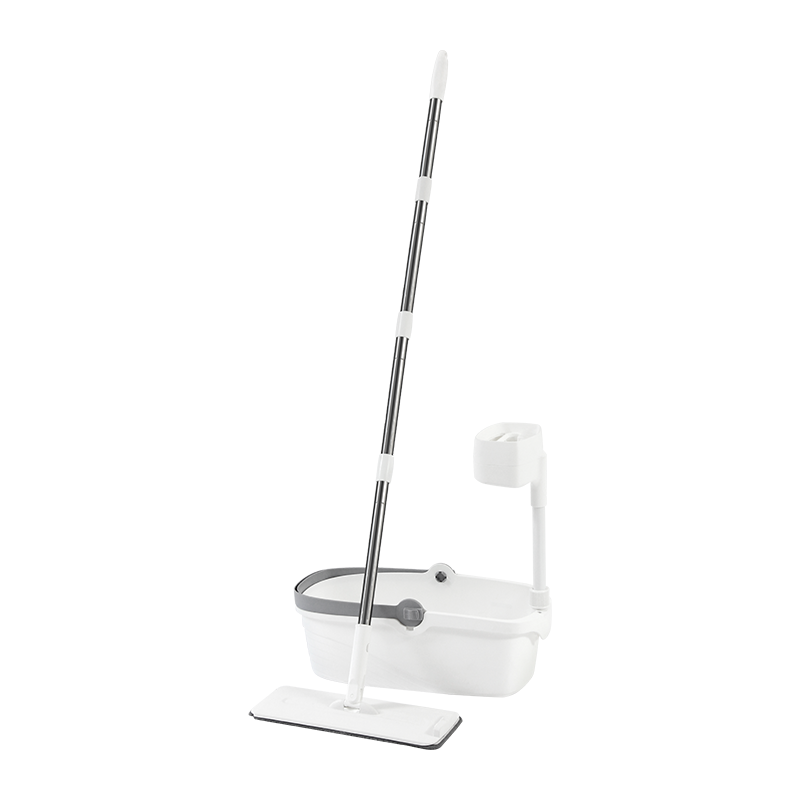

 Products
Products












